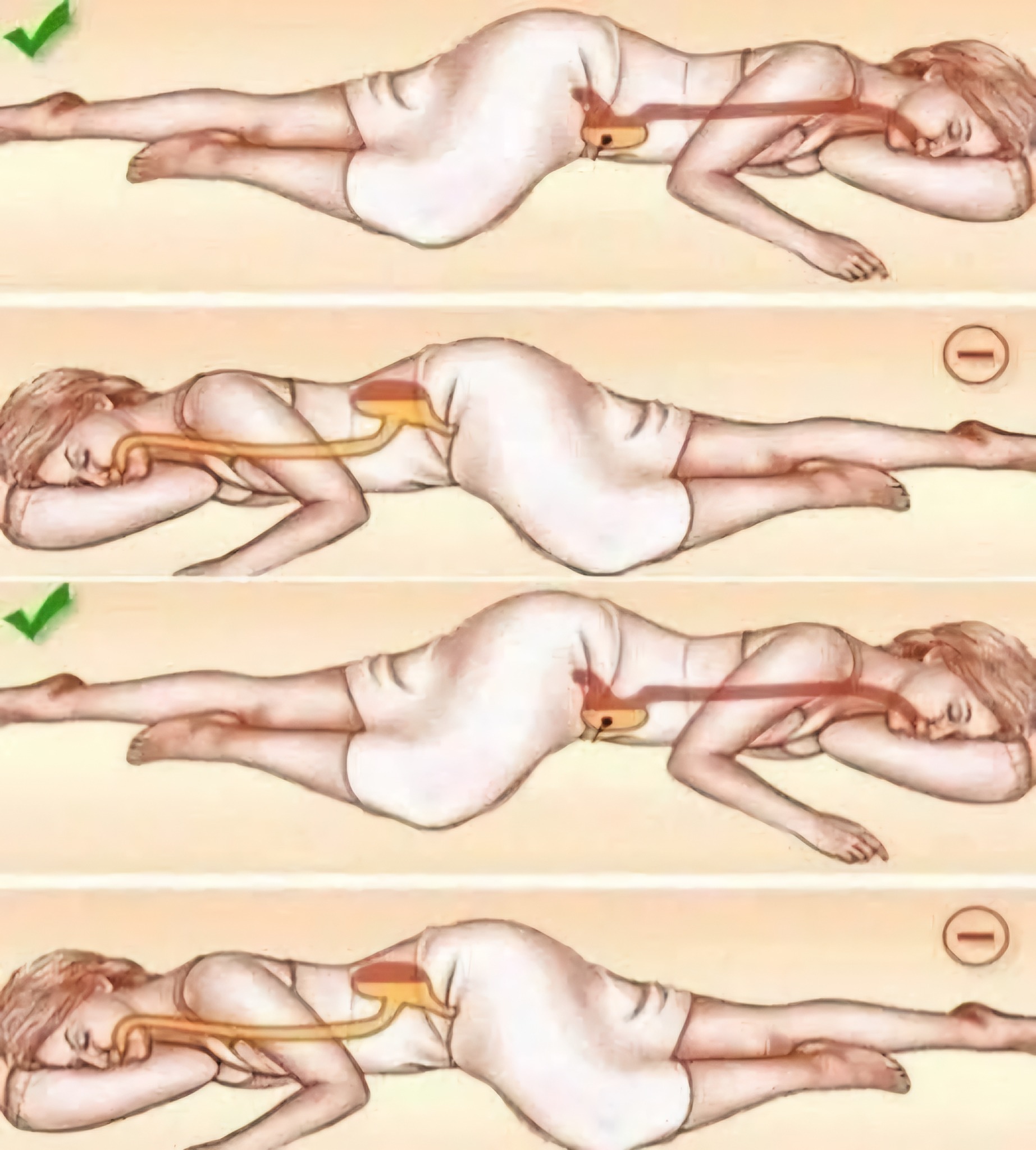Sleeping positions play a significant role in our overall health, yet many of us stick to what feels most comfortable without considering the potential benefits—or drawbacks—of our habits. One position that stands out for its health benefits is sleeping on the left side. From improving digestion to boosting brain health, here’s what you need to know about why this position might be worth a try.

The Benefits of Sleeping on Your Left Side
1. Alleviates Back Pain
Sleeping on your stomach can strain the spine, leading to aches and discomfort. On the other hand, side sleeping keeps the spine aligned naturally, reducing pressure on the lower back and minimizing pain.
2. Reduces Snoring
When you sleep on your back, the tongue and soft palate can shift backward, partially blocking your airway and increasing snoring. This is particularly common for people with sleep apnea. Sleeping on your side keeps your airway clear, reducing snoring significantly.
3. Improves Digestion
The stomach is located on the left side of the body. Sleeping on this side allows gravity to help food move more easily through your digestive system. This position can ease symptoms like bloating, constipation, and heartburn, offering relief for those with digestive issues.
4. Supports Brain Health
During sleep, the brain clears out waste through the glymphatic system, which functions similarly to the lymphatic system in the rest of the body. Studies suggest that sleeping on your side enhances this process, potentially reducing the risk of neurological diseases like Alzheimer’s and Parkinson’s. While these findings are primarily based on animal studies, they provide compelling insights into the benefits of side sleeping.
5. Improves Blood Circulation
For pregnant women, sleeping on the left side is particularly beneficial. This position promotes better blood flow to the placenta, ensuring the baby receives adequate nutrients and oxygen.
How to Train Yourself to Sleep on Your Side
If you’re not naturally a side sleeper but want to try, here are some tips to ease the transition:
- Choose the Right Pillow and Mattress
- Use a pillow that supports your neck and aligns with your collarbone structure.
- A softer mattress can prevent pressure on your shoulders and hips, making side sleeping more comfortable.
- Use Pillows for Support
- Place a pillow between your knees to align your hips and lower back.
- Hugging a pillow can help support your upper arm.
- Consider investing in a body pillow to maintain your position throughout the night.
- Create a Physical Barrier
- Sew a tennis ball onto the back of a shirt to prevent yourself from rolling onto your back.
- Alternatively, start sleeping on a narrow couch, which naturally encourages side sleeping.
Drawbacks of Sleeping on Your Side
While this position offers numerous benefits, it’s not perfect for everyone. Common disadvantages include:
- Pressure on Shoulders and Hips
Sleeping on a firm mattress can increase discomfort in these areas, while a mattress that’s too soft may misalign the spine, causing pain. - Facial Pressure
Side sleeping can exacerbate sinus congestion and may worsen conditions like glaucoma or jaw stiffness.
Exploring Other Sleeping Positions
If sleeping on your left side doesn’t work for you, don’t worry. Here’s a quick look at the pros and cons of other positions:
Sleeping on Your Back
- Benefits: Helps alleviate hip, knee, and joint pain; reduces sinus congestion; and relieves symptoms of conditions like arthritis and fibromyalgia.
- Tips: Use a pillow under your knees to support your lower back and elevate your head to reduce heartburn and sinus issues.
Sleeping on Your Stomach
- Drawbacks: This position can strain your spine and neck, often causing discomfort or pain.
- Tips: Use a flat pillow or skip it altogether to minimize strain, and avoid tucking your arms under your head.
Final Thoughts
Ultimately, the best sleeping position is the one that allows you to wake up feeling rested and pain-free. However, experimenting with sleeping on your left side could offer noticeable health improvements, from better digestion to enhanced brain function.
If changing your sleeping habits feels daunting, start by sleeping on your left side at the beginning of the night and letting your body adjust over time. And remember, there’s no one-size-fits-all approach to sleep—what matters most is finding what works best for you.





